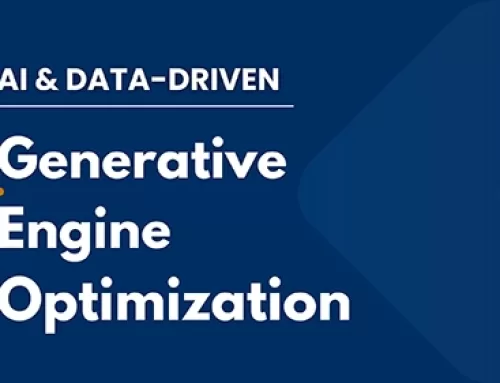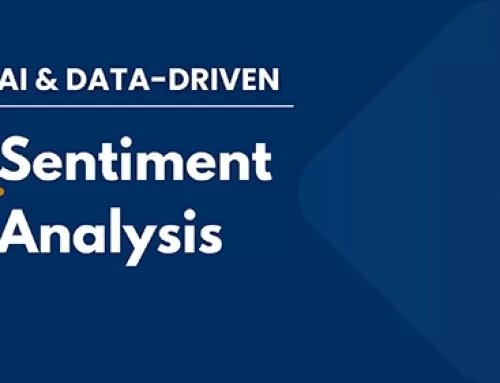The advent of large language models (LLMs) has ushered in a new paradigm of search engines that use generative models to gather and summarize information to answer user queries. This emerging technology, which we formalize under the unified framework of Generative Engines (GEs), has the potential to generate accurate and personalized responses, and is rapidly replacing traditional search engines like Google and Bing.
Generative Engines typically satisfy queries by synthesizing information from multiple sources and summarizing them with the help of LLMs. While this shift significantly improves \textit{user} utility and \textit{generative search engine} traffic, it results in a huge challenge for the third stakeholder — website and content creators. Given the black-box and fast-moving nature of Generative Engines, content creators have little to no control over when and how their content is displayed. With generative engines here to stay, the right tools should be provided to ensure that creator economy is not severely disadvantaged. To address this, we introduce Generative Engine Optimization (GEO), a novel paradigm to aid content creators in improving the visibility of their content in Generative Engine responses through a black-box optimization framework for optimizing and defining visibility metrics. We facilitate systematic evaluation in this new paradigm by introducing GEO-bench, a benchmark of diverse user queries across multiple domains, coupled with sources required to answer these queries. Through rigorous evaluation, we show that GEO can boost visibility by up to 40\% in generative engine responses. Moreover, we show the efficacy of these strategies varies across domains, underscoring the need for domain-specific methods. Our work opens a new frontier in the field of information discovery systems, with profound implications for generative engines and content creators.






Leave A Comment
You must be logged in to post a comment.